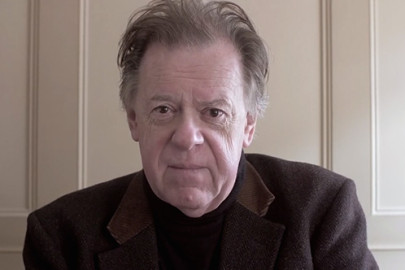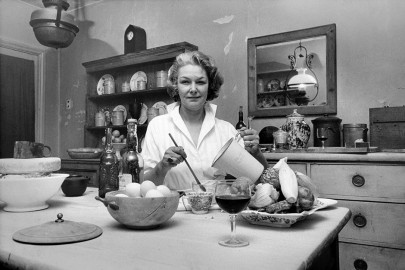Having successfully defended blended whiskies, Henry turns his attention another enemy of certain drink snobs: Aussie wines…
A couple of years ago before I was an enormously well-respected wine writer with my own column in a prestigious magazine, I replied to something written by Tim Atkin on which wine region or country I could do without. I suggested Australia. It seemed an obvious choice. When the world of wine had so much to offer why would you buy Australian? The burly Australians that my colleagues (or fellow drunks as they were officially known) at Oddbins raved about, Dead Arm Shiraz etc., seemed monstrous parodies of wine.
Now I’m excited by Australia. So what’s changed? Well for starters, I’m less of a pretentious little twat. In the late 90s when I got into wine, I had an indie music approach to drinking. Anyone who read Melody Maker in the 80s and 90s will remember how important it was to hate bands on principle. You were defined more by the bands you hated than the ones you liked. I disliked bands such as the Levellers, Pop Will Eat Itself and countless others whose names I have forgotten not only because they were crap but because they were popular (then there were the bands who you might secretly like but were completely beyond-the-pale such as Dire Straits.) Just so with wine: in preferring Moselle riesling and sherry to Australian wine, I was sending out a powerful statement about my vinous credentials. Or so I thought, in fact I probably just seemed ignorant. The truth is I did like some Australian wines, Wynns Coonawarra Cabernet, Pewsey Vale Riesling amongst others, just as I had a soft spot for Dire Straits’ first album.
Australian wines have changed too. They are, and this is a huge generalisation, lighter, more perfumed, less oaky, lower in alcohol and drier than they were ten years ago. I now get excited when I see that a wine is from Margaret River or Mornington Peninsula in the way that I used to about Ribera del Duero. Sadly these new Australian wines are not cheap but then when you’re competing with the best from Burgundy you wouldn’t expect them to be. Here are two that have rocked by socks recently:
Moss Wood Chardonnay 2010 (Jeroboams £19.95) – From Margaret River in Western Australia, this Chardonnay combines the steeliness of a Grand Cru Chablis with the creaminess of a Puligny-Monrachet. I found this hugely impressive
Pirie Estate Pinot Noir 2007 (Soho Wine Supply £17.50) – From Tasmania, this one smells of tinned strawberries, if such a thing exists, and in the mouth it’s rich and meaty with not a trace of jam. Will probably get better with time but so good now, why wait?
These are both from cooler regions than the Australian classics of yesteryear. But even the Barossa, the heartland of the Aussie bruisers, is changing. Today I tried the 08 vintage of The Dead Arm Shiraz from d’Arenberg and instead of the porty, syrupy monster I remember, there was something dry, dense and intensely savoury that wouldn’t be out of place in Cornas. There was even something floral. Could it have changed that much or am I just a lot more open-minded? Whichever it is, it’s a good one to drink with early Dire Straits though not with the bloody Levellers.









